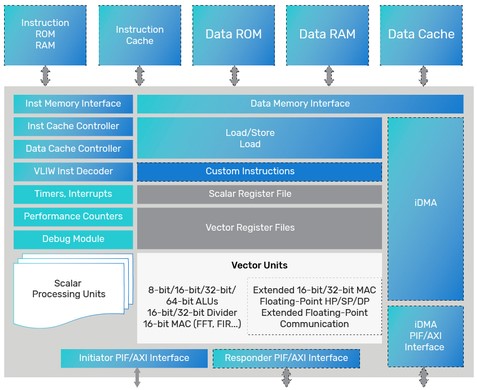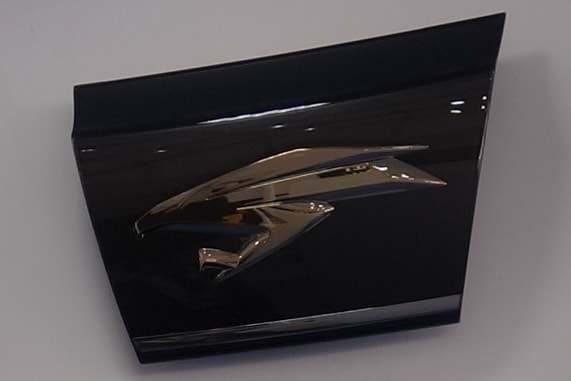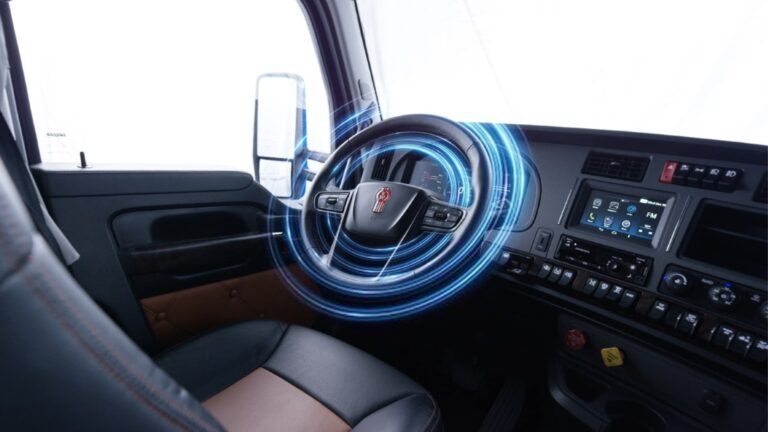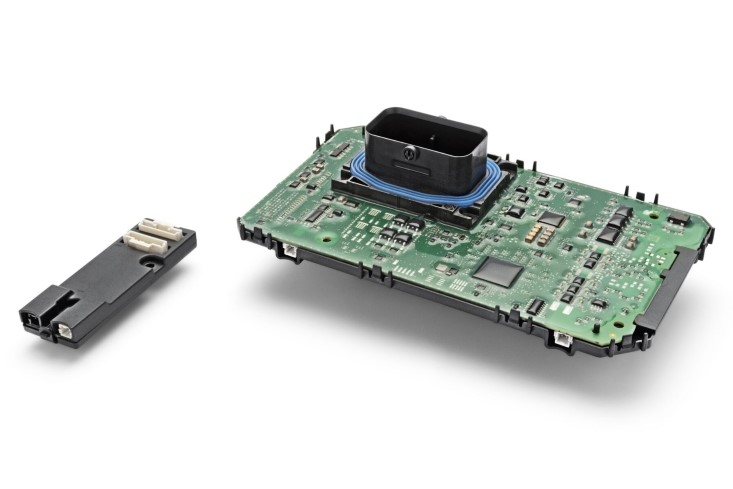
The 4D imaging radar is made using a standard radar chipset connected to several antennas located on the vehicle’s bodywork. This standard radar creates a wave that is guided to the antennas. The antennas, transmitters and receivers, act as smart electromagnetic reflectors that can reflect the waves in the direction required.
Waves reflected by these smart reflectors spread in front of the vehicle and are reflected as echoes by objects in the surrounding area. Receiving antennas pick up the echoes: specialist algorithms can then reproduce the vehicle’s surroundings and categorize the objects found there.
Greenerwave has developed wave control technology that paves the way to designing a new generation of automotive radar. Plastic Omnium has mastered the large-scale production of this technology, as well as its integration into plastic body parts.
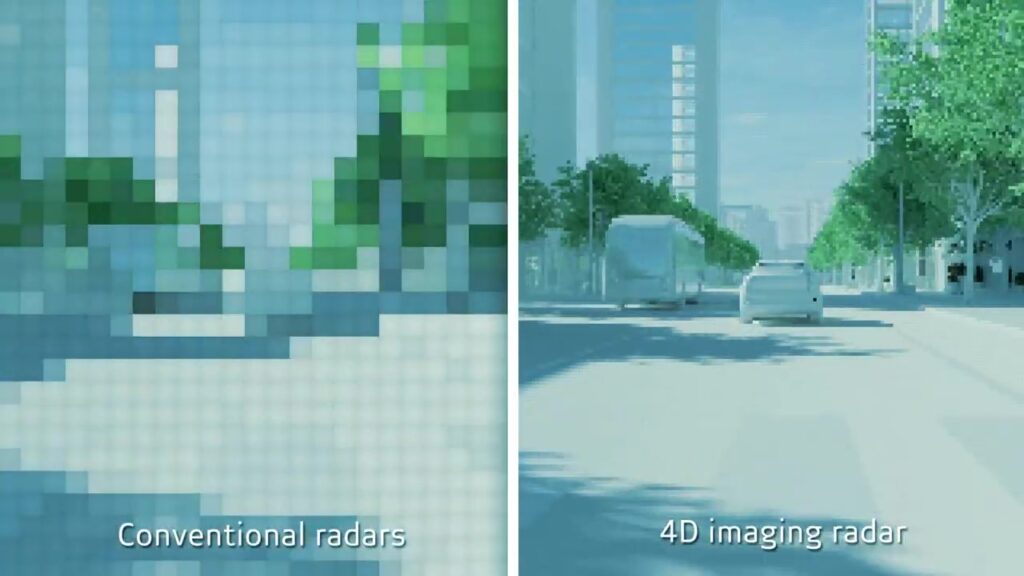
Resolution similar to lidar (0.1° azimuth)
Unlike conventional radar which can essentially only detect objects
Able to see near and far simultaneously
4D radar can use the same electronic platform to adapt to a customer’s needs across an entire range of vehicles, using the same interface, simply by changing the size and/or number of antennas.
The six-antenna 4D radar replaces three radars fitted to a front bumper (one front-end and two for the corners), and simplifies automakers’ electronic architecture.
The fact that the antennas and radar chipset are separate offers a great deal of flexibility in terms of how the system is mechanically integrated into the vehicle, avoiding the styling compromises that using radar can lead to.
Separating the radar chipset from the antennas means that in the event of an impact only the damaged antenna needs replacing.
If any single antenna is disconnected or broken, the 4D radar can work in degraded mode using the other antennas, meaning that imaging of the surroundings continues to function.
Its imaging capabilities are unaffected by outside conditions (weather, light, etc.), unlike lidar or cameras.
Less than 15W for the six-antenna version

